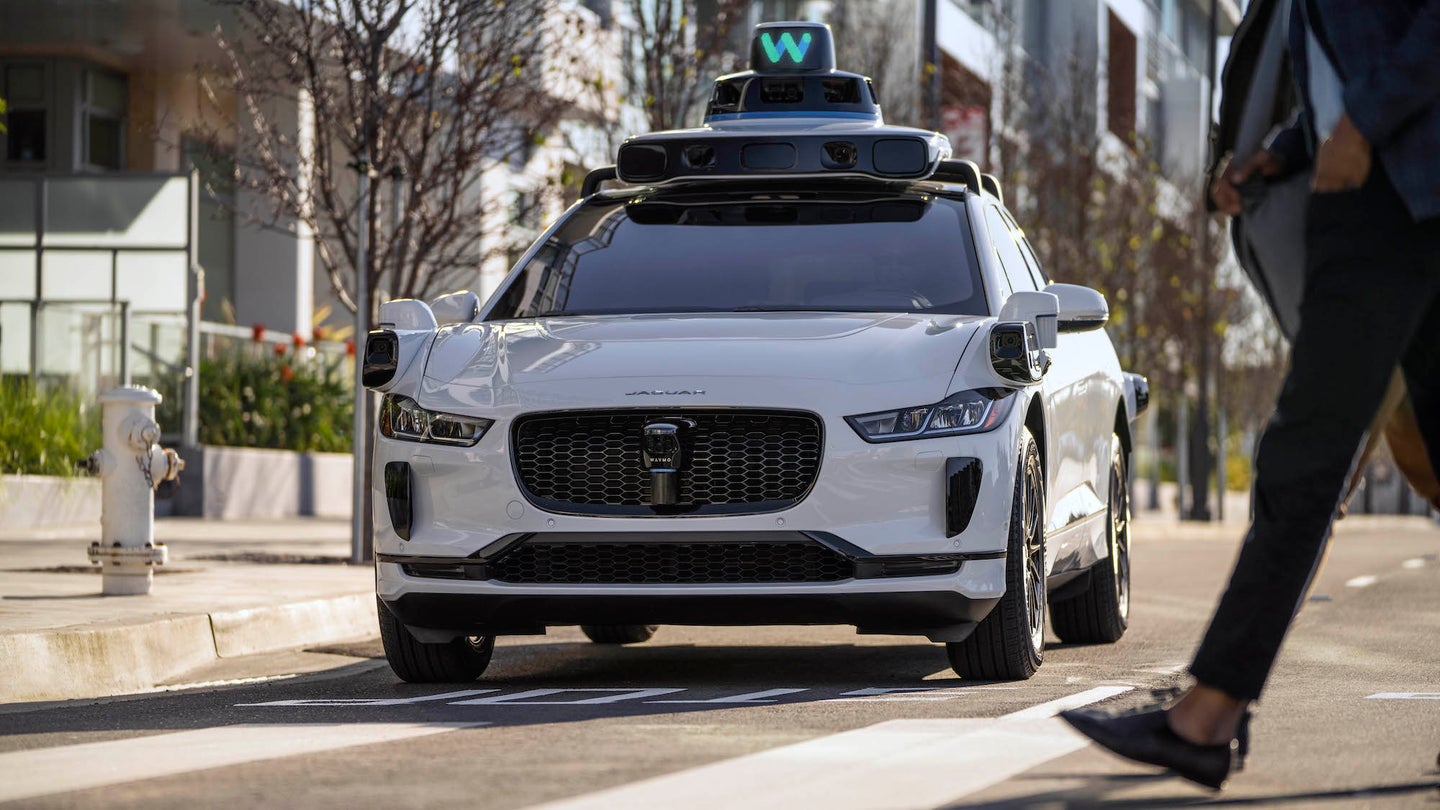San Francisco is pushing back against the rise of robotaxis
San Francisco officials note frustration over wasted municipal funds and traffic jams.

Despite all manner of warnings and hesitations, semi-autonomous driving cars are increasingly taking to the roads across the country. Nowhere is this more apparent than in tech-friendly cities like San Francisco, where companies like Waymo and Cruise already offer residents app-based driverless taxi services. According to a recent dispatch from Wired, however, local SF city officials are extremely frustrated with the unintended municipal consequences they argue stem from the rushed rollouts—and they’re seeking to put a pause on the trend.
[Related: Self-driving EVs use way more energy than you’d think.]
According to Wired, a joint letter sent by three San Francisco agencies to a California regulator lays out a host of concerns regarding these driverless taxi services, citing unintentional wasting of municipal resources and taxpayer money. In particular, the message from the San Francisco Municipal Transportation Agency, the San Francisco County Transportation Authority, and the Mayor’s Office on Disability cites three separate occasions since December 2022 in which 911 responders were dispatched to Cruise vehicles. Once arrived, the emergency officials found that Cruise’s “unresponsive” passengers who failed to answer their car’s two-way voice link system were simply snoozing en route to their destinations.
“Taxpayer funded emergency response resources used for nonemergencies undermine their availability to members of the public in true nee[d],” argues the city agencies.
The worrisome examples are only the latest in a string of similar mishaps supposedly generated by robotaxis screwing up while on the job. In October, multiple outlets reported on apparent traffic jams caused by Cruise vehicles inexplicably stopping and blocking surrounding cars’ travels. Similar occurrences also waylaid fire trucks as recently as last week, when firefighters battling a major blaze were confronted with an oncoming Cruise car nearing their hoses that wouldn’t stop. According to the San Francisco agencies’ letter, first responders only managed to halt the vehicle by shattering its front window. A similar situation also occurred last May.
[Related: An AI that lets cars communicate might reduce traffic jams.]
In their letter, the companies’ critics urge more access to more detailed technical information regarding the robotaxis’ AI performance and decisions, as well as the implementation of certain safety benchmarks alongside data like total traveled miles and statistics regarding unexpected stops. As Wired explains, because self-driving cars’ testing and deployment is overseen by California’s Department of Motor Vehicles and the Public Utilities Commission, individual cities have little say regarding robotaxis’ parameters on their streets. Signs like last week’s letter show that city officials aren’t happy with the current system, and hope to have more of a role in determining how the new technology can, or should, serve their residents.
